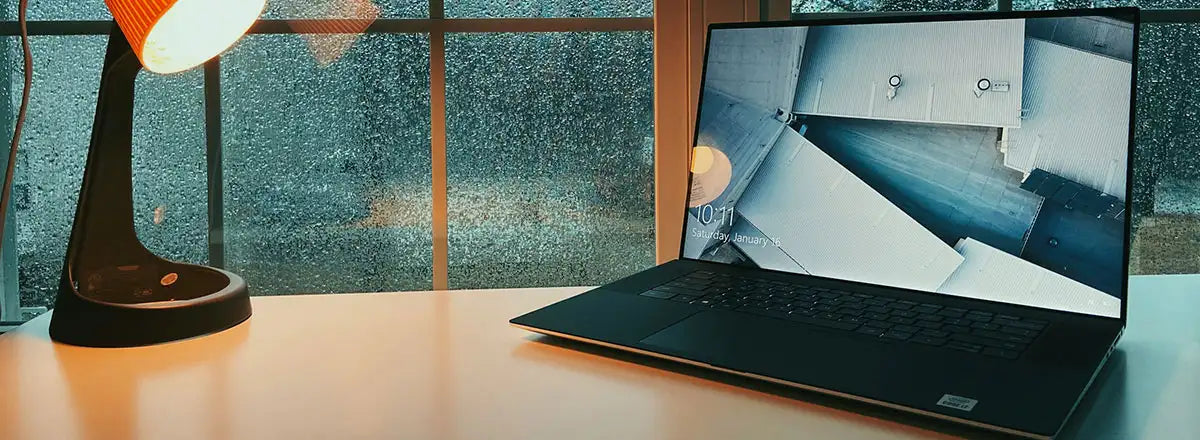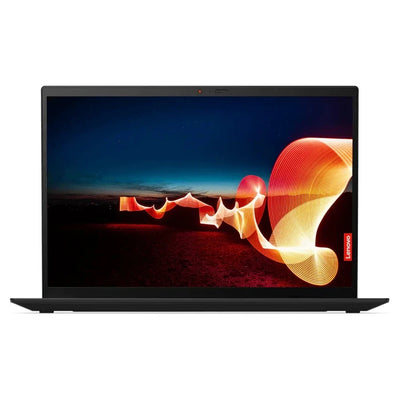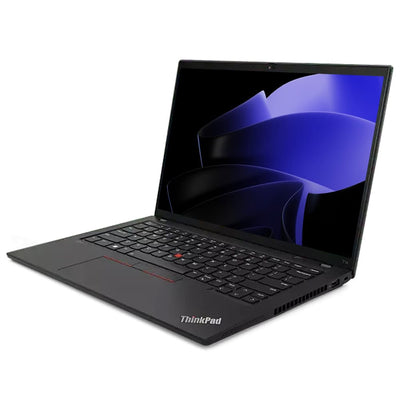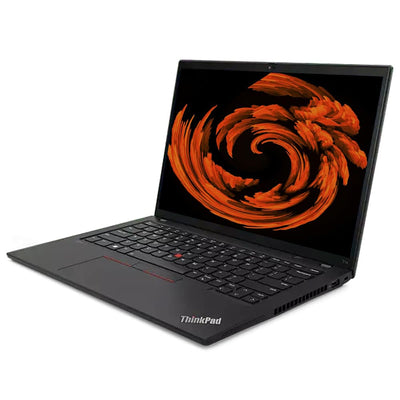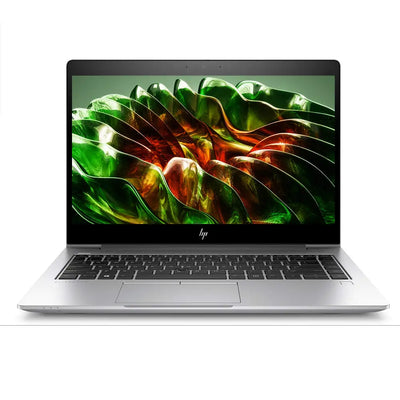What is an ultrabook
What is an ultrabook and when did it appear
Ultrabooks are referred to as the thinnest and lightest laptops that are smaller in size and weight. Their construction is also usually much simpler, but the features can be quite basic or quite advanced as well.
Unlike netbooks (inexpensive and overly compact subnotebooks), ultrabooks are expensive and solid devices with higher-performance processors and high-capacity batteries that allow for all-day use. But compared to conventional laptops, ultrabooks have a number of notable differences, pros and cons.
What are the main differences between an ultrabook and a laptop
The key differences are several. First, it's the size and weight. Modern ultrabooks are available with screen diagonals from 11 to 13 inches, and weigh not much more than one pound. Their slim and stylish bodies are usually made of the highest quality materials, usually good plastic or aluminum.
Second, ultrabooks tend to have far fewer ports for connecting peripherals - for example, the first MacBook 12, released in 2015, had just one USB-C port. It can be called a reference embodiment of the concept of an ultra portable computer in an expensive stylish all-metal case, from which all manufacturers began to take an example (although without such a radical rejection of unnecessary ports).
Third, ultrabooks, despite their high price, are usually inferior to their more advanced and bulkier counterparts in the conventional laptop camp. They use lightweight versions of processors - mobile processors designed specifically for ultraportable PCs - as well as integrated graphics processors that are not particularly high-performance. No ultrabook can be called a full-fledged gaming laptop even after 10 years since the concept of "ultrabook" was introduced.
With the advent of ultrabooks with touchscreens came a fourth key difference - the touchscreen itself. Such ultrabooks have attempted to combine the best of both worlds - a traditional case form factor and a touchpad that allows them to be used like tablets in suitable work scenarios. Far from always such ultrabooks had the ability to detach the screen or keyboard or fold them backwards, so the first experiments in this field mass buyers did not like it much.
The fifth (and perhaps most significant) difference between ultrabooks and laptops is their poor repairability. If you can disassemble the case and replace half of the components in a regular laptop, then in an ultrabook case the whole case most often can not be disassembled, and the components can not be replaced, because they are soldered on the motherboard and represent a single unit. This also implies less reliability of such devices - they are easier to break, flood, drown, and damage to one minor component may entail complete replacement of the entire device.
Thus, we can distinguish several pros and cons of such devices.
Pros of Ultrabooks:
compactness, small size and weight;
stylish design, slim body, all-metal construction;
advanced features like touch screen, hybrid design, tablet-like capabilities.
Minuses of Ultrabooks:
fewer ports;
higher price;
weaker characteristics;
less maintainability.
For what kind of work is an ultrabook better suited than a laptop
Because of the written above, it may seem that ultrabooks were created exclusively for rich users who prefer to sit with a smart look in a cafe and take beautiful photos. But that's far from true. So why do you need an ultrabook?
Ultrabooks are great for work, study and entertainment, socializing and texting. And more modern and powerful models can be used for photo editing as well as for simple video editing. Also, such devices are loved by everyone who does not like to sit in one place and prefers to take the lightest and most compact, but still powerful device with you on the road.
Hybrid ultrabooks with touchscreens take the entertainment side of such devices to a new level, allowing you to flip the lid of the ultrabook to the other side in moments of relaxation or unclip the keyboard, completely shifting control and attention to the display.
